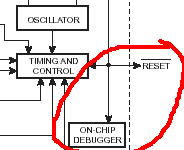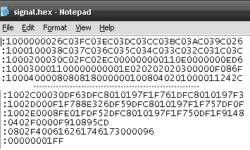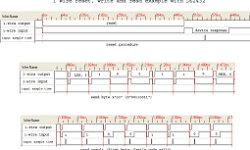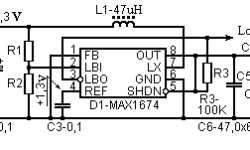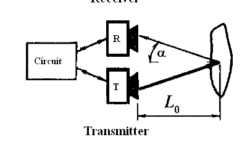Multiple controllers in one design
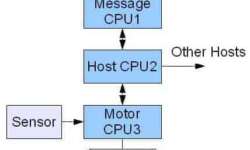
Actually, many embedded systems use multiple microcontrollers and microprocessors. This is not about multi-core processors but several distinct processors used in one design. Multiprocessor systems allow the distribution of computing power among different processors, and this way, overall speed may be increased, coding simplified, and modularity reached. Using multiprocessor embedded design has many benefits. One of them is modularity. Imagine a situation when a particular microcontroller-based subsystem needs to be installed only if a particular opinion is installed. Another, as we mentioned, is coding simplicity. Instead of writing and debugging one complex firmware, it may be broken into several distinct, easily manageable functions on different MCU’s.






